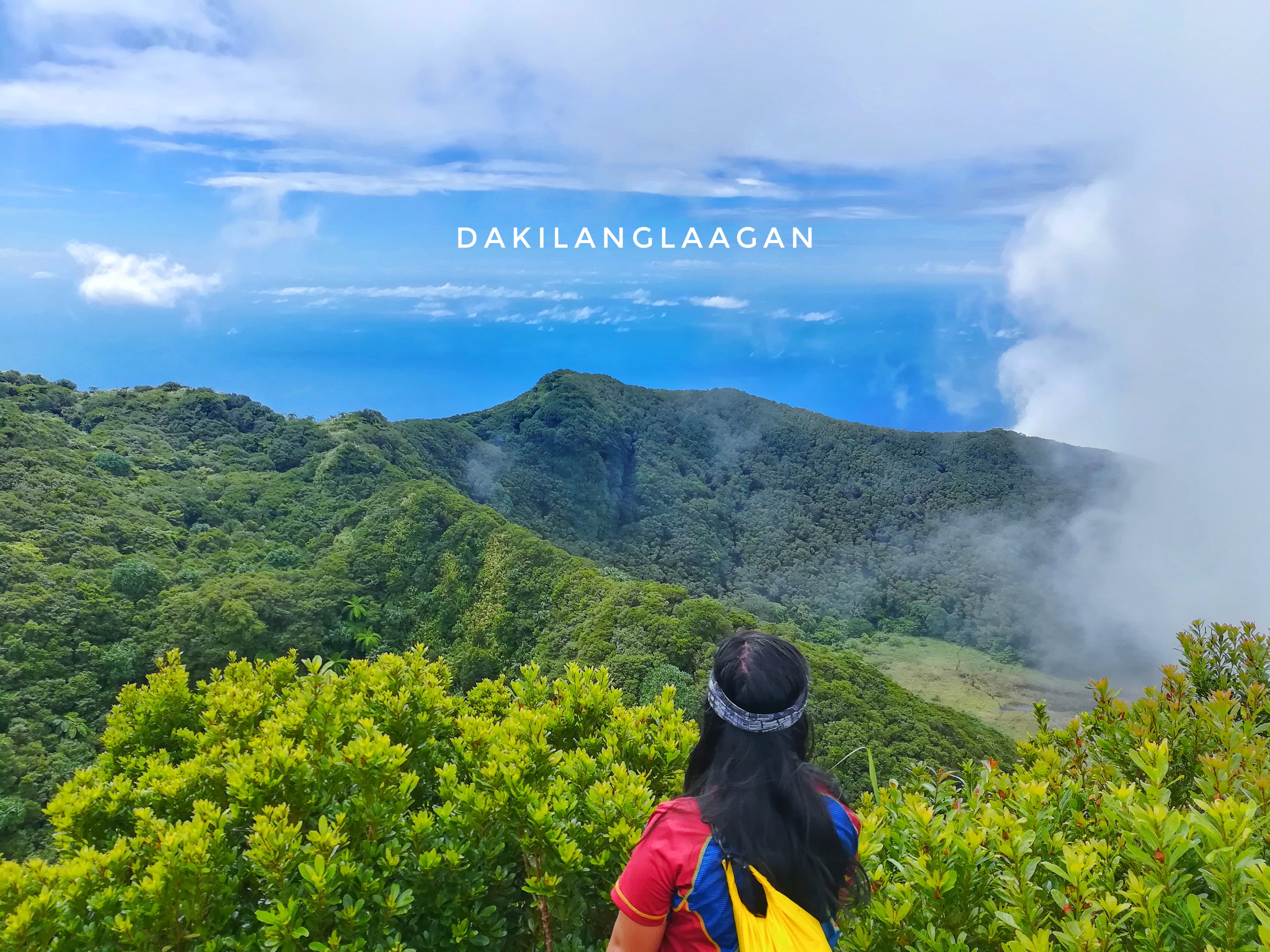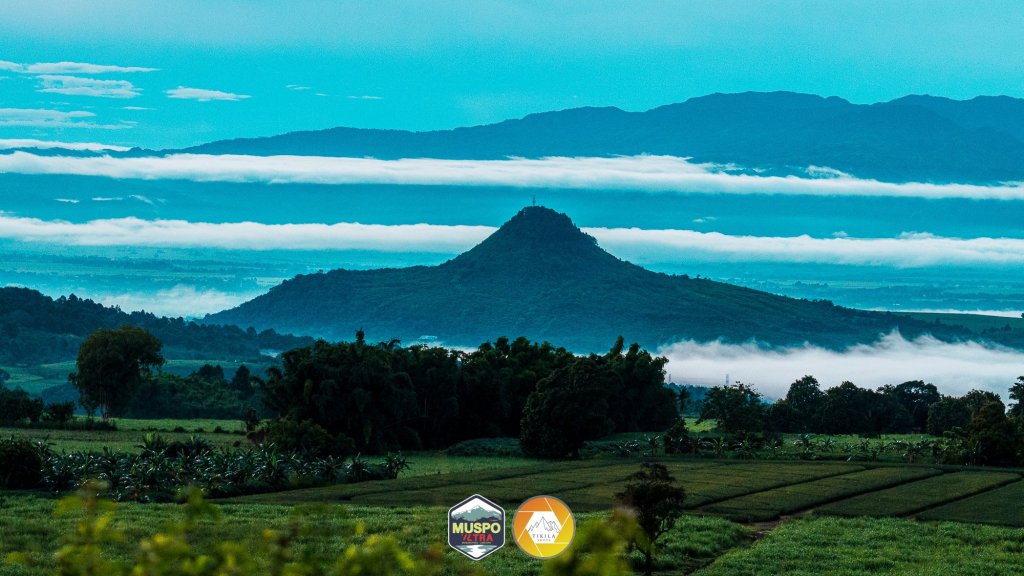The Philippines is home to approximately 300 volcanoes, of which 24 are categorized as active. According to PHIVOLCS (Philippine Institute of Volcanology and Seismology), this high volcanic activity is attributed to the country’s location in the Pacific Ring of Fire, where the Philippine Sea Plate and the Eurasian Plate converge. The interaction of these tectonic plates results in subduction beneath the Philippine archipelago, creating deep trenches along its east and west seaboards.
Out of the 24 active volcanoes in the Philippines, 21 have a history of eruptions. Mt. Cabalian in Southern Leyte is thought to have erupted around 1820 based on the radiocarbon dating of a deposit from a volcanic flow. Due to noticeable thermal features, Leonard Kniaseff is believed to have been active approximately 1,800 years ago.

Philippines’ Most Active Volcanoes
Here are the Philippines’ 24 most active volcanoes, which have erupted in the last 600 years and have been documented through careful observation. By analyzing materials from recent volcanic deposits, we gain insights into their activity over the past 10,000 years.

1. Babuyan Claro (Babuyan Island Group, Cagayan in Luzon)
Also called Mount Pangasun, Babuyan Claro is recognized as a volcano that could become active. It erupted in 1831 and 1860 and stands at an elevation of 843 meters above sea level. In February 2004, there were observations of grayish steam clouds near its summit. However, PHIVOLCS clarified that it resulted from a seismic swarm of tectonic origin, and the steaming was too faint to pose any threat.
2. Banahaw (Boundaries of Laguna and Quezon in Luzon)
Banahaw is a popular hiking spot for mountaineers and is considered one of their favorite destinations. It’s identified as a volcano that could become active. This three-peaked volcano complex is located between the provinces of Laguna and Quezon and is the tallest mountain in the region.
3. Biliran (Anas) (Leyte in Visayas)
Biliran, also known as Anas, is an island province in Leyte, Visayas. According to local stories, the island was shaped by a volcanic eruption from this solfataric active volcano. The last known eruption occurred on September 26, 1939.
4. Bud Dajo (Sulu in Mindanao)
Bud Dajo in Sulu is a part of the Jolo Volcanic Group, standing as the second-highest point in the Sulu archipelago. Notably, it was the site of the First Battle of Bud Dajo during the Moro Rebellion in the Philippine-American War in 1906.
5. Bulusan (Sorsogon, Bicol Region in Luzon)
Bulusan is recognized as the fourth most active volcano in the Philippines, having erupted 15 times since 1885. This stratovolcano took shape approximately 40,000 years ago.
6. Cabalian (Southern Leyte in Visayas)
Cabalian, an active volcano situated in the province of Southern Leyte, has been identified as erupting around 1820-1830, according to studies by PHIVOLCS. Notably, it features a crater lake named Cabalian Lake, which stands at a surface elevation of 733 meters above sea level.
7. Cagua (Cagayan in Luzon)
Cagua Volcano is among the active volcanoes in the Philippines, having erupted twice in its history, with the last recorded eruption in 1907. Positioned in the northernmost part of the Sierra Madre mountain range, Cagua Volcano is notable for its historical volcanic activity.
8. Camiguin de Babuyanes (Babuyan Island Group, Cagayan in Luzon)
Distinct from the island province of Camiguin in Mindanao, Camiguin de Babuyanes is situated in the Babuyan Group of Islands in Batanes. This forested volcano has an elevation of 712 meters above sea level. Its last recorded eruption occurred in 1857, and there were reports of active volcanic activity in 1991 and 1993. It is important not to confuse this Camiguin with the one in Mindanao, as they are separate locations.
9. Didicas (Babuyan Island Group, Cagayan in Luzon)
Didicas Volcano is a type of submarine volcano, an underwater vent or fissure where magma erupts. It surfaced from the sea in 1952 and is situated 22 kilometers away from Camiguin de Babuyanes. This underwater phenomenon adds to the geological diversity of the region.
10. Mt. Hibok-hibok (Camiguin in Mindanao)
Mount Hibok-hibok is a stratovolcano situated on the volcanic island of Camiguin, often referred to as the “Island Born of Fire.” Recognized as one of the most active volcanoes in the Philippines, it has a history of five eruptions. Mount Hibok-hibok also serves as a popular tourist destination on the island, drawing hikers due to its accessibility and the possibility of conquering it in just a day hike.

11. Iraya (Batan Island, Batanes in Luzon)
Iraya is another active volcano located in Batanes, featuring dense forests and standing at an elevation of 1,009 meters above sea level. The last recorded eruption of Iraya occurred in 1454. It holds cultural significance as a sacred mountain for the Ivatans, adding to the natural beauty and historical importance of the region.
12. Iriga (Camarines Sur in Luzon)
Iriga, also known as Asog, is an active volcano found in the province of Camarines Sur. It is recognized for its sizable crater, believed to have been shaped by eruptions in 1628 and 1642. Following these historical events, Iriga has remained dormant up to the present day, adding to the diverse volcanic landscape of the region.
13. Isarog (Camarines Sur in Luzon)
Mount Isarog, situated in Camarines Sur, is a potentially active stratovolcano with an elevation of 2,000 meters above sea level. Beyond its geological significance, this volcano holds historical importance as it served as a hiding place for the Philippine Army, Constabulary units, and Bicolano guerrillas during the Japanese Occupation, showcasing its dual role in the region’s natural and cultural heritage.
14. Kanlaon (Negros Oriental; Negros Occidental)
Kanlaon, an active stratovolcano on the island of Negros, is a dream destination for many mountaineers. As of now, it is closed for hikers due to ongoing volcanic activity. Standing as the highest point in the Visayas at an impressive height of 2,465 meters above sea level, Kanlaon holds the record as the most active volcano in the Central Philippines, having erupted 30 times since 1819. While its current closure ensures safety, the allure of Kanlaon continues to captivate adventurers who eagerly await its reopening for exploration.

15. Leonard Kniaseff (Davao del Norte)
Leonard Kniaseff, a well-known feature in Davao del Norte, has been a subject of geothermal exploration programs. Studies indicate that its last eruption occurred around 120 AD. The area’s geological significance and past volcanic activity contribute to its recognition and ongoing exploration efforts for potential geothermal resources.
16. Makaturing (Lanao del Sur)
Makaturing, situated in Lanao del Sur within the Bangsamoro Autonomous Region in Muslim Mindanao, has sparked debates among volcanologists. PHIVOLCS has listed 10 eruptions for this volcano, but the Smithsonian Institution’s Global Volcanology Program contends that these eruptions are technically attributed not solely to Makaturing but also involve its neighboring volcano, Ragang. Regardless of the discussions, Makaturing stands at an elevation of 1,940 meters above sea level, highlighting its significance in the region’s volcanic landscape.
17. Matutum (Cotobato in Mindanao)
Matutum, an active stratovolcano in South Cotabato, reaches an elevation of 2,286 meters above sea level. The volcano has been identified as having potential volcanic activity, with suspicions of a phreatic eruption recorded on March 7, 1911. The site’s active nature and historical events make Matutum a notable landmark in the region’s geographical and geological landscape.
18. Mayon (Albay, Bicol Region in Luzon)
Named after the legendary princess-heroine, Daragang Magayon, Mayon is a revered and active volcano situated in the province of Albay. Its “perfect cone” shape makes it a premier destination for tourists seeking natural beauty. However, Mayon also carries the distinction of being the most active volcano in the Philippines, having recorded over 47 eruptions (and counting) in the past 500 years. Despite its volatile nature, the captivating allure of Mayon continues to attract visitors from far and wide.

19. Musuan (Calayo) (Bukidnon in Mindanao)
Musuan Peak, also known as Mount Musuan, may have a humble height of 646 meters above sea level compared to other volcanoes, but it holds the status of an active volcano. This modest peak has shown activity, with eruptions recorded in 1866 and 1867. Despite its unassuming stature, Musuan Peak contributes to the diverse volcanic landscape of the region.

20. Parker (South Cotobato/General Santos/ North Cotabato/Sarangani Provinces in Mindanao)
Whether you’ve heard it called Melibengoy or Lake Holon, it all refers to Mt. Parker. The captivating blue waters of Lake Holon are actually the crater of this volcano. The name Parker was adopted by the American General who claimed to be the first to discover the volcano in 1934 while piloting a flight. Subsequently, he led an expedition to the crater alongside government officials from the USA and the Philippines, leaving a historical mark on this scenic destination.
Mount Melibengoy, regarded as a sacred place by the Tboli community residing in the area, is believed to have erupted three times in the past 3,800 years. The most recent eruption occurred in 1641, leading to the formation of Lake Holon. The mountain holds cultural significance for the Tboli people, and its geological history adds to the mystique of the region.

21. Pinatubo (Boundaries of Pampanga, Tarlac and Zambales in Luzon)
Mount Pinatubo had an unknown eruptive history until its infamous eruption in 1991. Formerly a heavily forested area and home to the indigenous Aeta group, it erupted on June 15, 1991, marking the second-largest terrestrial eruption after the 1912 Novarupta eruption in Alaska. Dr. Ray Punongbayan and his team’s accurate prediction allowed tens of thousands of people to evacuate before the climactic eruption. The impact of the eruption extended beyond the surrounding provinces, affecting regions worldwide.

22. Ragang (Lanao del Sur and Cotobato in Mindanao)
Mount Ragang, also known as Piapayungan or Blue Mountain, stands as a distant aspiration for Filipinos aiming to conquer the Top 10 Highest Mountains to climb in the Philippines. Situated in Mindanao and serving as the highest point in Lanao del Sur, this stratovolcano remains off-limits to hikers due to the ongoing conflict in the area. Reports suggest the presence of rebel fortresses, adding to the challenges and danger of exploring this landscape. Despite its stunning elevation, Mount Ragang remains elusive for those seeking to complete their mountain-climbing endeavors in the Philippines.

23. Smith (Babuyan Island Group, Cagayan in Luzon)
Also known as Mount Babuyan, Smith Volcano is an active volcano situated in the northernmost part of the Babuyan Group of Islands. With a recorded history of six eruptions, the most recent one occurred in 9124, marking its ongoing activity. Despite its remote location, Smith Volcano stands as a notable feature in the geological landscape of the Babuyan Islands.
24. Taal (Batangas in Luzon)
Taal Volcano, situated in the province of Batangas, is a complex volcano known for its unique features—a lake within a lake and an island inside an island within an island. Ranked as the second most active volcano in the Philippines, following Mayon, Taal has a history of over 30 historical eruptions. The most recent eruption occurred on January 12, 2020, creating a challenging situation for the local residents. The volcanic activity resulted in ash fall, affecting the areas around Taal Lake and causing the displacement of people along with the loss of homes and livelihoods.

The Philippines is indeed a volcanic wonderland, blessed with a variety of awe-inspiring volcanoes. From the renowned Mayon and Taal Volcanoes to lesser-known beauties like Musuan Peak and Mount Isayog, each of these volcanic wonders has its own unique charm. With recent volcanic activities, such as the eruption of Taal Volcano, staying informed about these natural phenomena is crucial. Let us stay informed, vigilant, and united in cherishing and safeguarding the beauty of our land.
ALSO READ: Philippines’ Most Beautiful Craters
REFERENCES:
